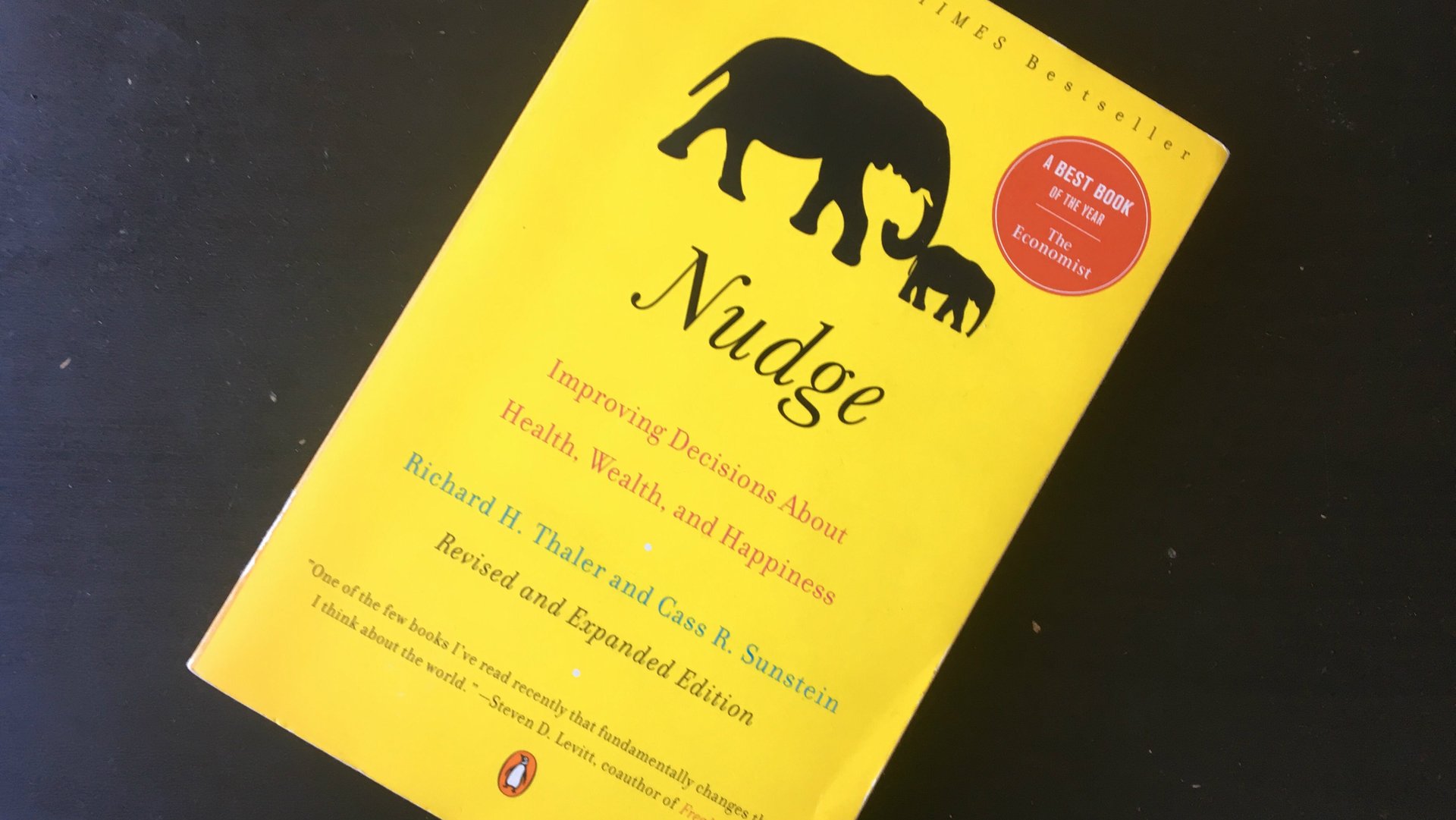It’s been 10 years since behavioral economics hit the mainstream
Cass Sunstein and Richard Thaler did not see this coming. The authors of Nudge, a seminal book about how behavioral economics can help improve public policy, had a hard time even finding a publisher. Ultimately, it came out in April 2008.


Cass Sunstein and Richard Thaler did not see this coming. The authors of Nudge, a seminal book about how behavioral economics can help improve public policy, had a hard time even finding a publisher. Ultimately, it came out in April 2008.
Now 10 years old, Nudge is one of the most influential academic books of the 21st century. Asked in an interview with Behavioral Scientist to characterize the reaction to the book, Thaler, a Nobel Prize-winning economist, responded, “Am I too old to just say OMG?”
Behavioral economics, the use of psychological insights to study economic decision making, had been a burgeoning field of study since the 1970s, but had not yet hit the mainstream. Behavioral economics research demonstrated the many ways that people make irrational choices that economic models ignore. Examples include reference dependence, the idea that people anchor how they value a good to how much they were originally told it was worth, and loss aversion, the idea that the negative experience of losing something is worse than the positive experience of gaining something of the same or greater value.
Nudge was one of the first books on behavioral economics aimed at a popular audience. Thaler, one of the leading researchers in the field, and Sunstein, an eminent legal scholar, believed that behavioral economics could be used to shape better public policy. They argue in the book that small changes to how choices are presented, or “nudges,” help policymakers and businesspeople make better decisions. Examples include forcing people to opt out of choices that are good for society, like organ donation, or making it easier for people to choose a pension plan by giving them fewer choices, because people tend to dither when they have too many options. The authors coined the term “choice architecture” to describe this concept.
The book was a surprise bestseller. More importantly, it has had a real impact on policy. In 2009, then-US president Barack Obama made Sunstein the head of The Office of Information and Regulatory Affairs, charged with using nudges to improve regulations. The UK, meanwhile, in 2010 established a Behavioural Insights Unit (BIT) to promote nudges. Many other countries, including Canada, Germany, and Qatar, have done the same. Companies like General Motors have also taken the lesson of Nudge to heart, using the book’s insights to get women to opt in to an employee resources and mentorship program.
Some critics say that the value of nudges are overblown. Tim Adams at The Guardian points out that while nudges like telling people how much their neighbor pays for electricity may marginally reduce their energy consumption, it’s the big decisions like a nationwide carbon tax that really matter. Focusing on nudges may lead to quick fixes rather than comprehensive solutions. Sunstein disputes the idea that lots of small nudges can’t add up to large impacts. He points to the automatic enrollment of millions children in a free meals program in the US as a high-impact nudge.
Ten years on, Nudge‘s popularity persists. The book appeared on the New York Times bestseller list again in 2017, after Thaler was on the Nobel prize for economics. ”People have a strong tendency to go along with the status quo or default option,” Thaler and Sunstein wrote in Nudge. Their book is now the default option—appropriately enough—for people who want to learn about behavioral economics. According to their logic, it will continue to be for many years to come.